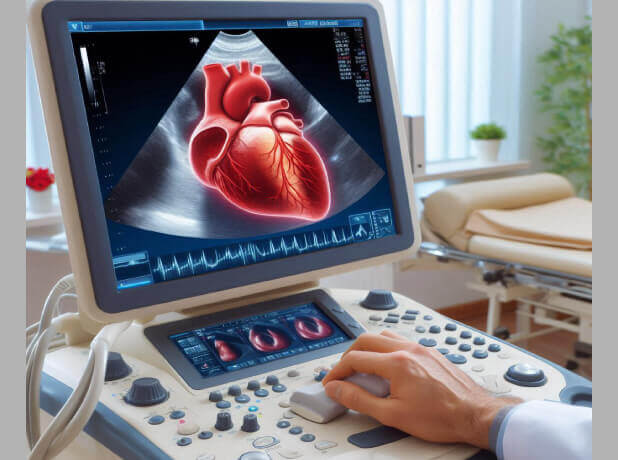Summary of “Recent Advances and Future Directions in Extracorporeal Carbon Dioxide Removal”
Abstract
Extracorporeal carbon dioxide removal (ECCO₂R) is an emerging technique designed to facilitate lung-protective ventilation and reduce the work of breathing by removing CO₂ from venous blood. Operating at lower blood flows than extracorporeal membrane oxygenation (ECMO), ECCO₂R reduces procedural invasiveness but remains limited by complications such as hemolysis, thrombosis, and bleeding. Advances in membrane technology, anticoagulation strategies, and device miniaturization are expanding its potential applications, including its role as a bridge to lung transplantation and as an outpatient therapy. Innovations such as carbonic anhydrase-coated membranes and electrodialysis-based removal systems hold promise for future ECCO₂R optimization. Further research is required to refine device performance, reduce complications, and integrate artificial intelligence for personalized therapy.
Key Points
-
ECCO₂R as an Alternative to ECMO: Unlike ECMO, which supports both oxygenation and CO₂ removal, ECCO₂R operates at lower blood flows (0.4–1.5 L/min) and is primarily designed to control hypercapnia while enabling lung-protective ventilation strategies.
-
Applications in ARDS and COPD: ECCO₂R is most commonly studied in acute respiratory distress syndrome (ARDS) and acute exacerbations of chronic obstructive pulmonary disease (AECOPD), where reducing mechanical ventilation intensity is crucial for minimizing ventilator-induced lung injury.
-
Limitations and Safety Concerns: Complications such as hemolysis, thrombosis, and bleeding hinder the broader adoption of ECCO₂R. Higher-flow devices (>500 mL/min) provide better CO₂ clearance but may increase shear stress and coagulation risks.
-
Technological Advances in ECCO₂R Devices: New membrane designs, including carbonic anhydrase-coated membranes and electrodialysis, enhance CO₂ removal efficiency while minimizing blood trauma.
-
Hemolysis and Thrombosis Risks: Shear stress from extracorporeal circuits contributes to red blood cell destruction and coagulation activation, requiring optimized anticoagulation strategies such as citrate-based anticoagulation over heparin.
-
ECCO₂R in Avoiding Intubation: In COPD patients failing non-invasive ventilation, ECCO₂R may help avoid intubation, though data on mortality benefits remain inconclusive.
-
ECCO₂R as a Bridge to Lung Transplantation: Patients with end-stage lung disease awaiting transplantation may benefit from ECCO₂R to maintain gas exchange while avoiding the risks of invasive mechanical ventilation.
-
AI and Personalized ECCO₂R Therapy: The future of ECCO₂R includes AI-driven algorithms to adjust CO₂ removal in real-time, optimizing patient-specific settings to improve efficacy and safety.
-
Integration with Renal Replacement Therapy (RRT): Some ECCO₂R systems are being combined with renal support to provide simultaneous CO₂ clearance and fluid management in critically ill patients.
-
Future Research and Clinical Trials: Large-scale randomized trials are needed to establish the clinical efficacy of ECCO₂R, particularly in comparison to standard ventilation strategies and ECMO alternatives.
Conclusion
ECCO₂R represents a promising adjunct for lung-protective ventilation, particularly in ARDS, COPD, and patients awaiting lung transplantation. However, its widespread adoption is limited by complications, technical challenges, and the need for further clinical validation. Advances in membrane technology, anticoagulation strategies, and AI integration may improve its safety and efficacy. Future research should focus on defining optimal patient selection, improving device efficiency, and demonstrating clear mortality benefits in randomized trials.
Watch the following video on “Lower Tidal Volume Ventilation Facilitated by Extracorporeal Carbon Dioxide Removal” by JAMA Network
© 2024 by the authors. Licensee MDPI, Basel, Switzerland. This article is an open access article distributed under the terms and conditions of the Creative Commons Attribution (CC BY) license (https://creativecommons.org/licenses/by/4.0/).

